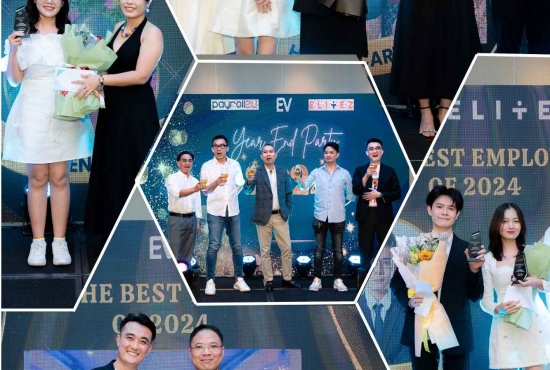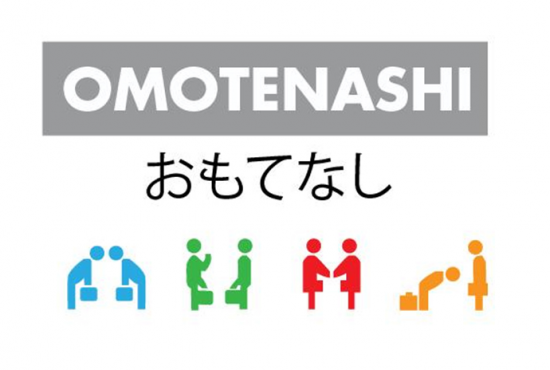Zero Trust: What will be the solution for future workplace problems ?
For most employees, the future workplace needs to be hybrid. While the pandemic proved that productivity was still achievable from remote work, the reality is, most businesses want their employees to return to the office, either full time or in a hybrid way. Even large tech companies that are often the early adopters of emerging tech would rather have their employees return to work in the office.
After several postponements, most companies want them back sooner. For example, Meta wants employees back to the office at the end of March, Google is dropping some COVID-related mandates for employees and restoring perks as it prepared to bring workers back to the office while Microsoft is opting for a hybrid working environment.
In the financial sector, most banks and financial institutions like the Bank of America, Goldman Sachs, and such have also started requesting employees to return to the office to work. Schools have also started having students return to classes despite the innovations in virtual education.
Over in Southeast Asia, organizations are still trying to find the best solution for their employees. With cases continuing to increase in the region, some companies have opted to continue remote working but most are going for a hybrid working environment.
For most organizations, the biggest concern about having work remotely or hybrid is the security risks it brings. Despite innovations in cybersecurity like zero trust and endpoint security, risks are still high for most companies.
At the same time, zero trust has been proven to be a challenge for most organizations with many failing to implement it properly. Evolving threats plus a constant need to improve the IT infrastructure have left many companies unsure of what really is the best solution for them and their employees.
Many believe the future workplace is hybrid. But in order to have a hybrid workplace, security and IT infrastructure need to be prioritized. Gone are the days when businesses can just provide a laptop to an employee and expect them to work hybrid.
To understand more about the future workplace and how organizations can ensure a zero-trust approach is properly implemented, Tech Wire Asia speaks to Sumir Bhatia, President of Lenovo Infrastructure Solution Group (ISG), Asia Pacific.
Everyone talks about Zero Trust. But how can organizations ensure a Zero Trust approach is properly implemented?
In this era of hybrid and remote work, cyber threats such as ransomware are at an all-time high. zero trust architecture helps organizations ensure that their employees can access and retrieve resources while keeping cyberattacks at bay and as the name goes, there should be zero trust and continuous validation at every stage of digital interaction.
To properly implement zero trust, organizations should consider prioritizing four critical steps.
- Firstly, businesses should ensure persistent endpoint management across all business functions. This gives businesses complete visibility into the status of applications, data points, and connections while retrieving data that helps both evaluate performance metrics and execute corporate policies across the company network. Understanding the behaviors and preferences of end users can help organizations have a full grasp of the data exchanged end-to-end.
- Next, organizations should always encrypt their data, so the crucial information is encoded and can only be accessed or decrypted by a user with the correct encryption key, thereby providing them with an added layer of cyber protection.
- Implementing a Multi-Factor Authentication (MFA) system is also paramount in enhancing an organization’s security requiring the user to provide two or more verification factors to access a resource.
- Finally, businesses should only use Wi-Fi networks that they know are secure and control who can connect to and configure their network and equipment.
Rooted in our principle of “Trust Nothing. Verify Everything”, our teams developed a comprehensive ThinkShield portfolio that is fully customizable, consisting of secure Think devices, software, and services. It ensures that every endpoint is visible and accessible regardless of the location of operating devices. Furthermore, it can encrypt all data from end to end so that sensitive data within an organization can be safely shared regardless of whether the data is stored in a device’s hard drive or the cloud.
Artificial Intelligence (AI) wields immense potential in helping organizations achieve solid Zero Trust implementation. AI systems receive training to detect malware, run pattern recognition, and expose even the minutest behaviors of malware or ransomware attacks before they infiltrate a system. That is why we collaborate closely with our solutions ecosystem partners to strengthen security in a hybrid cloud and deliver a sound “zero trust” security design philosophy.
Will the future workplace only continue to evolve, especially with the metaverse now on the agenda for some organizations?
The last two years have seen a complete overhaul in the way individuals interact with business and technology. With accelerated digitization and virtualization of businesses, the workplace will continue to evolve, and I believe hybrid working will continue to lead as we explore the future.
Organizations today are considering adding the Metaverse to their hybrid agendas, but it’s important to remember that the platform is not a ready destination that we can head into. Rather, it is an early concept, an anticipated evolution, and a convergence of devices, applications, transactions, and internet infrastructure.
For now, a hybrid way of working is top of mind, as many organizations are still forging toward the discovery of a sweet spot – a workspace where employees can fulfill their potential, perform at top productivity, and feel at ease with balancing work with their personal needs.
Source: Techwire Asia








